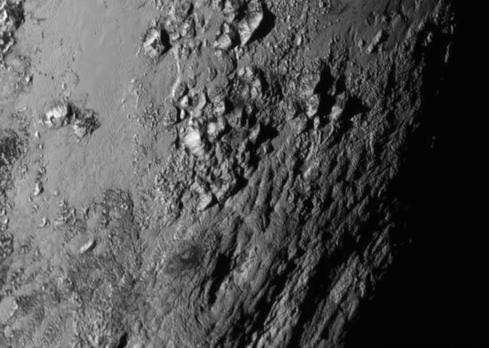NASA's New Horizons Brings Pluto Into Focus
The outermost planet in our solar system comes into breathtaking relief as NASA successfully completes a nine-year, 3-billion-mile expedition to Pluto.
11 Slides

-
About the Author(s)
Never Miss a Beat: Get a snapshot of the issues affecting the IT industry straight to your inbox.
You May Also Like
More Insights
Webinars







